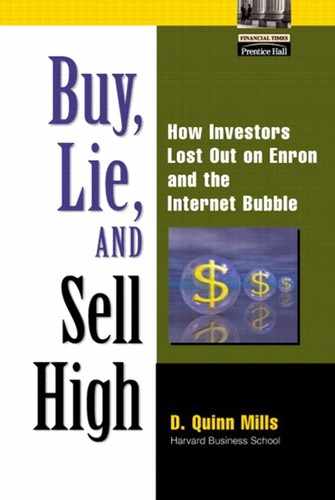Venture Capital
As technology has continued to progress and economies to grow, there have been ever-larger demands for capital to fund innovation and ever-increasing sophistication of both technology and business. The result is that a new financial institution has arisen to specialize in providing capital and business expertise to early-stage technology companies. This is the venture capital fund. The public purpose of the venture fund, like that of other financial intermediaries involved with innovation, is to facilitate the introduction of new technologies and applications to the marketplace so that the economy may benefit and living standards be improved.
Because venture investing is about commerce as well as technology, being successful as a venture capitalist also meant “knowing how to play rough with entrepreneurs—playing on their inexperience and emotions, playing founders against each other, negotiating tough prices and generous ownership stakes that in hindsight infuriated the entrepreneurs.”[39]
Venture firms are unusual because they are significant institutions in the financial markets, and yet are largely unregulated by the government. This is to them a substantial benefit. In the past, it has been a benefit as well to the investing public, because they have been free of bureaucratic procedures imposed by regulators, and at liberty to exercise their judgment in what innovations to back and how to nurture them.
During the Internet bubble, the venture firms engaged in investing, which was completely inconsistent with their historical charter and their area of expertise. The bubble was a wild ride for investors and entrepreneurs. Most of the companies funded ultimately failed. A major contribution to failure was made by the financial advisors of the start-ups, especially the venture firms. In general, they chose the wrong people to back, pressed upon them mistaken strategy; chose the wrong method of exit from their investments, and erred in the aftermarket support they gave the companies which they'd taken public. Companies were built not to bring new technologies to customers, but instead to appear to do so while early investors made a bundle from selling out. The companies weren't built to last, but were built to flip.
It is all the more unfortunate, therefore, to see how so many venture funds abused their liberty during the dot-com bubble. Venture funds overreached themselves, and partly as a result, gave bad advice to entrepreneurs. For example, Technology Crossover Ventures adopted a rule last year that a partner could not sit on the boards of more than eight companies. By the old standards, eight is still far too many, but that the firm adopted eight as a limit says much about the large number of boards on which venture partners had begun to sit. With a limit of eight boards, Technology Crossover Ventures expected that its professionals would spend more time guiding entrepreneurs and fine-tuning business models. James W. Breyer, managing partner of Accel Partners, used to spend 75 percent of his time on new deals and 25 percent on existing ones. Now it's the reverse, allowing him to help along the firm's existing investments. “We dropped the ball on the level of advice and strategy we were providing [to existing investments]” he said.
